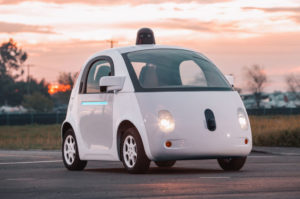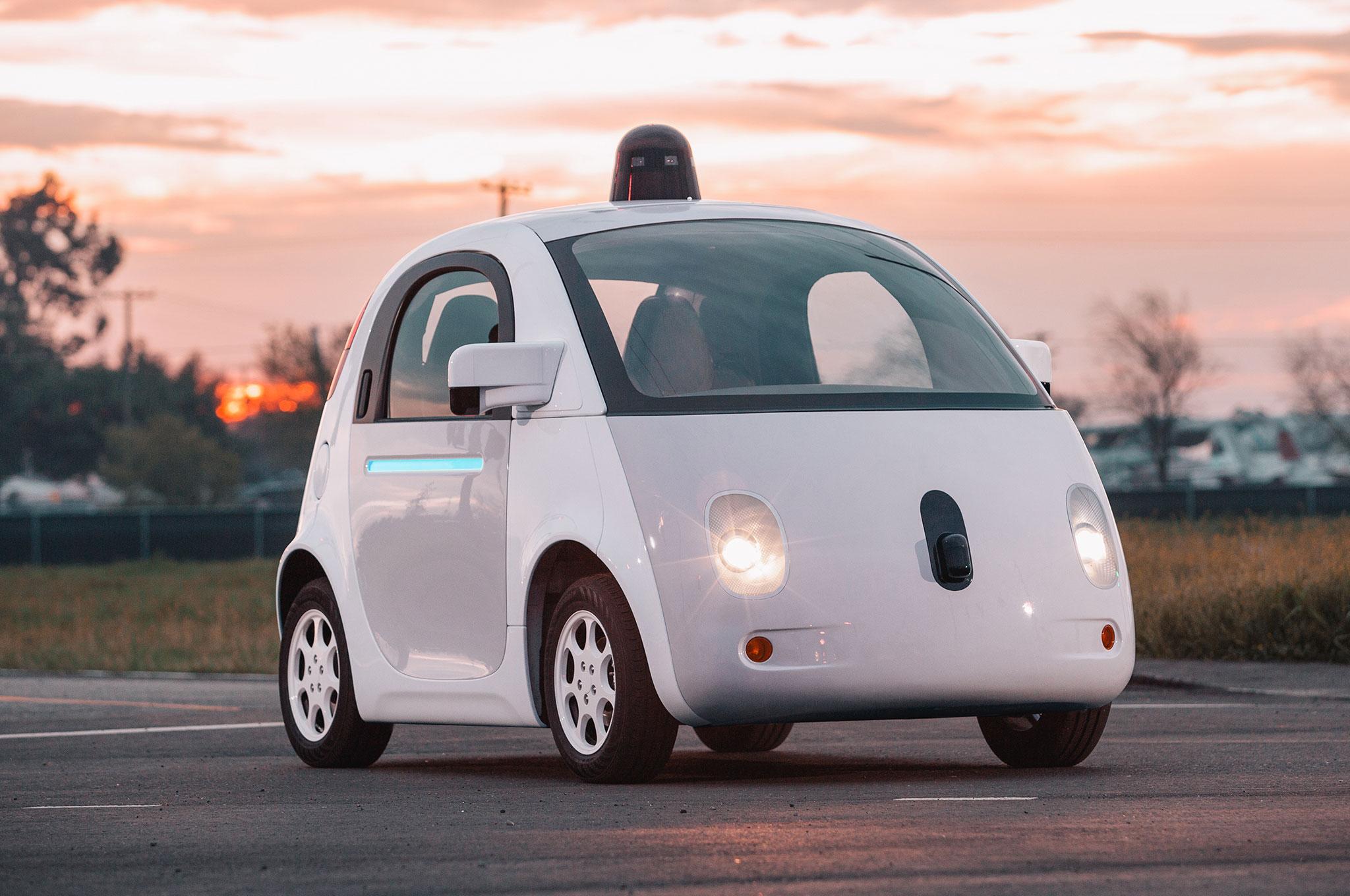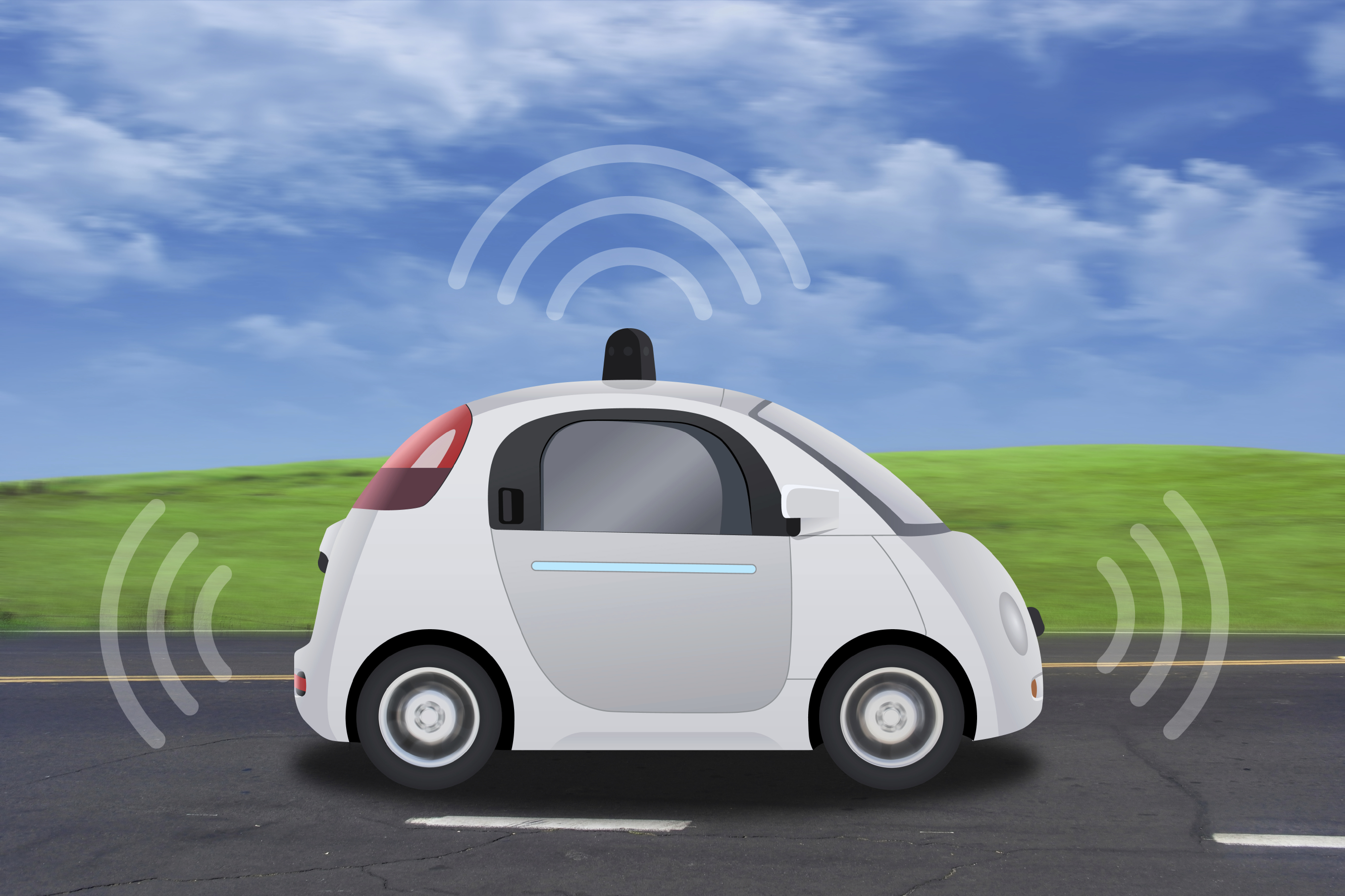
To Launch Driverless Cars On Streets, Researchers Want To Change Pedestrian’s Behavior
There was common prediction around the world that the artificial intelligence is here to stay and would be crucial especially in self-driving cars, but the argument has fallen back on in the months after the first pedestrian death that occurred due to an autonomous vehicle. The incident happened amid growing concerns that artificial intelligence is capable of real-world driving and the concept now seems to be much further away than many predicted just a few years ago.

In a line reminiscent of Steve Jobs’s famous defense of the iPhone 4’s flawed antennae – “Don’t hold it like that” – these technologists say the problem isn’t that self-driving cars don’t work, it’s that people act unpredictably.
“What we tell people is, ‘Please be lawful and please be considerate,’” says Andrew Ng, a well-known machine learning researcher who manages a venture fund that invests in AI-enabled companies, including self-driving startup Drive.AI. In other words: no jaywalking.
The question of whether self-driving cars can effectively identify and avoid pedestrians crossing streets has now become a burning issue since the month of March after an Uber self-driving car put a woman to death in Arizona who was walking a bicycle across the street at night outside a designated crosswalk. The incident is said to be still under investigation, but a report on a preliminary basis from federal safety regulators said that the car’s sensors had been able to detect the woman but its decision-making software discounted the sensor data, and at last concluded that it was likely a false positive.

The Waymo of Google has promised to launch a self-driving taxi service, and to begin with, the service will start in Phoenix, Arizona, later this year. General Motors Co too has pledged a rival service. The company will launch a car without steering wheel or pedals sometime in 2019. But as of now its quite unclear if either will be capable of operating outside of designated areas or without a safety driver who can control it in case of an emergency. But as of now, other initiatives are not encouraging and are losing steam. Elon Musk’s plan to launch an autonomous Tesla was taken back which was to serve across the US. Uber too axed its self-driving truck program to focus on autonomous cars as of now. Daimler Trucks too now says that commercial driverless trucks will take not less than five years. Others like Musk had previously predicted such vehicles can be started on the road by 2020.
With targets being postponed, driverless supporters and proponents like Ng say that there is only one surefire shortcut to get those self-driving cars on the roads very soon, that is, to persuade pedestrians to behave less erratically. If they were to use crosswalks, pavement markings and stop lights, the software is more likely to easily identify them.
But for others, the very fact that Ng is suggesting such a thing is a sign that today’s technology simply cannot at all deliver self-driving cars as originally envisioned. “The AI we would really need hasn’t yet arrived,” says Gary Marcus, a New York University professor of psychology who researches both human and artificial intelligence. He says Ng is “just redefining the goalposts to make the job easier,” and that if the only way we can achieve safe self-driving cars is to completely segregate them from human drivers and pedestrians, we already had such technology: trains.
You May Also Read: Air India Pilots Threaten To Stop Operations If Dues Are Not Paid